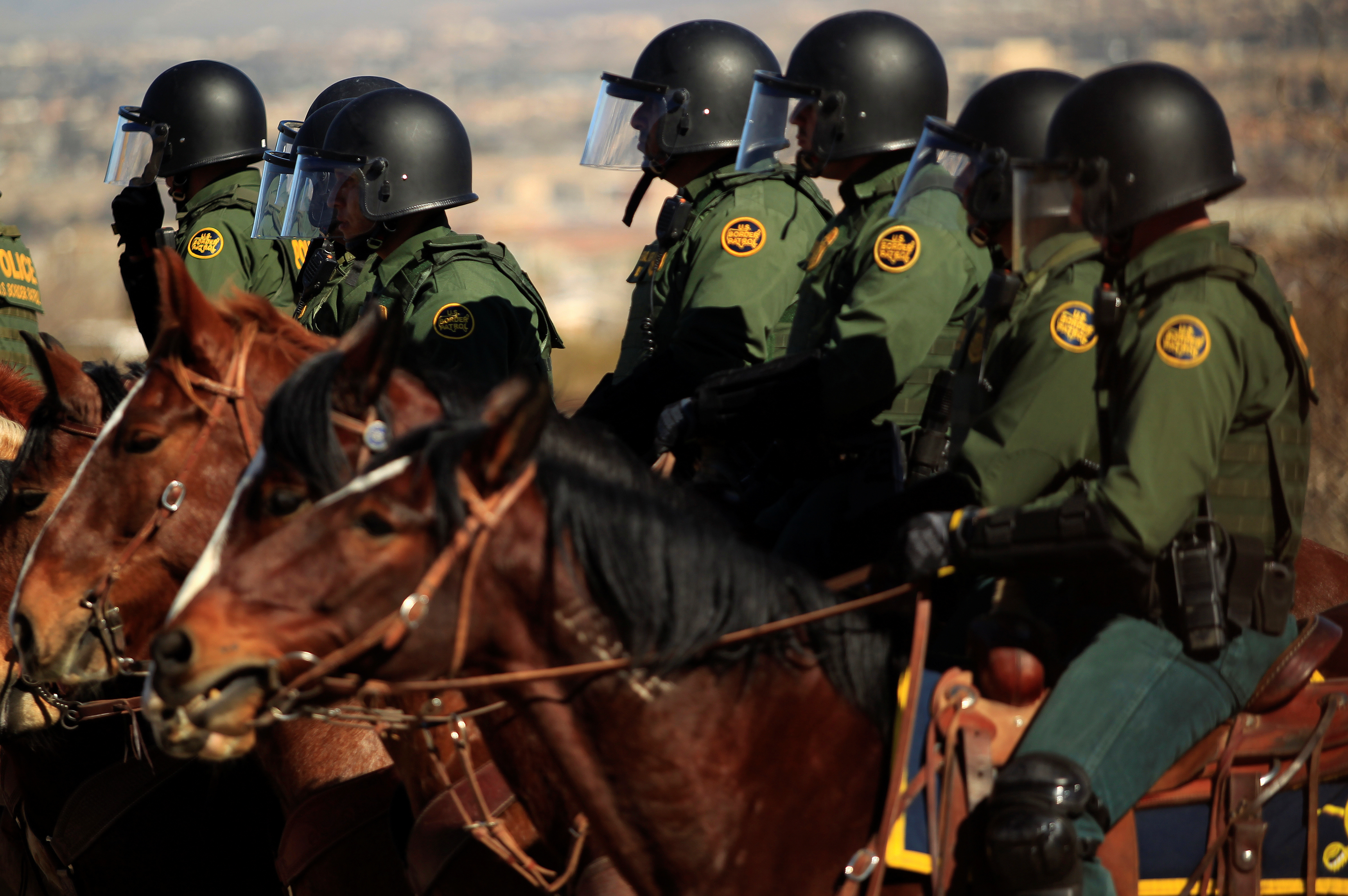
By Gabriel Stargardter and Julia Edwards
TAPACHULA, Mexico/WASHINGTON (Reuters) – Mexico is struggling to stem the flow of Central American migrants traveling to the United States ahead of the U.S. presidential election, causing major concern in Washington, which is weighing sending more agents to help.
In 2014, Mexico moved to strengthen its southern border when a surge in child migrants from Central America sparked a political crisis in the United States.
Last year, Mexico detained over 190,000 migrants, more than double the number in 2012.
But official data examined by Reuters shows that fewer migrants have been captured in Mexico this year even as the number caught on the U.S. border has soared.
The slowdown in detentions on Mexican soil is frustrating U.S. officials who feel that Mexico could be doing more, according to a source familiar with internal briefings on the topic at the U.S. Department of Homeland Security (DHS).
Illegal immigration is stoking a fierce debate ahead of the U.S. election on Nov. 8 with Republican candidate Donald Trump vowing to deport millions of people and build a wall along the Mexican border if elected president.
Mexico says its National Migration Institute (INM), which regulates migration in the country, is already working flat out to contain the problem, but it has a fraction of the resources that U.S. agencies have.
“We’re at the limit of our resources,” Humberto Roque Villanueva, Mexico’s deputy interior minister responsible for migration, told Reuters.
The number of families stopped at the U.S.-Mexico border jumped 122 percent between October 2015 and April 2016 from the same period a year earlier, according to data from U.S. Customs and Border Protection (CBP).
The number of detained “unaccompanied minors” – children traveling without relatives – was 74 percent higher. Most of the Central Americans come from Guatemala, Honduras and El Salvador.
Despite those increases, fewer migrants are being caught as they move through Mexico. Over the same period, Mexico detained and deported about 5 percent fewer people than in 2014/15. So far this year, 3.5 percent fewer unaccompanied minors have been stopped.
The DHS is considering sending more agents south to train Mexican officials on how to track human traffickers and stop migrants crossing the Mexico-Guatemala border, according to an internal briefing document obtained by Reuters.
U.S. Representative Henry Cuellar, who sits on the House Homeland Security Appropriations Subcommittee, said DHS officials told him they hope to help Mexico strengthen its southern border.
“When you’re constantly working at full speed and don’t have all the resources because your primary mission is to fight the drug cartels, yeah, you’re going to be stretched,” Cuellar said.
DHS spokesman Daniel Hetlage declined to say whether it aimed to send more officers to work with the INM, but said the DHS and CBP have an “excellent” relationship with the INM and Mexico’s government.
Roque Villanueva attributed the migrant surge to people finding new routes past checkpoints. He said he was unaware of any U.S. plan to send reinforcements, and that there are already U.S. agents at Mexico’s southern border, albeit only for training.
LEAKY BORDER
In 2014, Mexico launched the “Plan Frontera Sur” to tighten border controls, register migrants and stop them using the perilous network of trains known as “La Bestia”, or “The Beast”.
But migrants quickly adapted.
Elisabel Enriquez, Guatemala’s vice-consul in Tapachula, said migrant smugglers now rent trucks and shuttling migrants from southern Mexico all the way to the U.S. border over 2,000 km away for up to $8,000 per person.
Two such trucks were stopped in recent weeks, she said, one stuffed with about 115 migrants and the other about 60.
Some migrants immediately apply for asylum on arrival in Mexico. Once granted a refugee visa, they can travel through Mexico without fear of being deported, said Irmgard Pund, who runs the local Belen migrant shelter.
So far this year, asylum applications with Mexican refugee agency COMAR are up over 150 percent compared with 2015, and could reach 10,000 by the end of the year, said Perrine Leclerc, head of the Tapachula field office for the U.N. High Commissioner for Refugees.
The rise in families heading north is partly due to a 2015 U.S federal court decision limiting the time mothers and children can be held in detention, which has created the mistaken impression they can stay in the United States, U.S. officials say.
A regional drought in Central America has also increased pressure to leave, while some migrants are trying to cross ahead of the election in case Trump wins and follows through on his campaign promises, making it more difficult for them in the future.
Compared to their U.S. counterparts, Mexico’s migration authorities get by on a shoestring. The INM spent 4.14 billion pesos ($228.37 million) in 2015, less than 2 percent of the CBP’s budget request for 2016.
The United States has tripled its border force under President Barack Obama to 60,000 staff, while the INM has 5,383 employees.
Roque Villanueva said the fall in the price of oil, which funds about a fifth of Mexico’s federal budget, makes it even harder to put new resources into the INM.
Nonetheless, he said Mexico and the United States would continue to work closely together as Washington has plenty of reasons for wanting a robust southern Mexican border.
“The Americans are not so worried by how many Central Americans get through, but rather about making sure nobody with even the slightest chance of being a terrorist does,” he said.
($1 = 18.1287 pesos)
(Writing by Gabriel Stargardter; Editing by Kieran Murray and Ross Colvin)

















